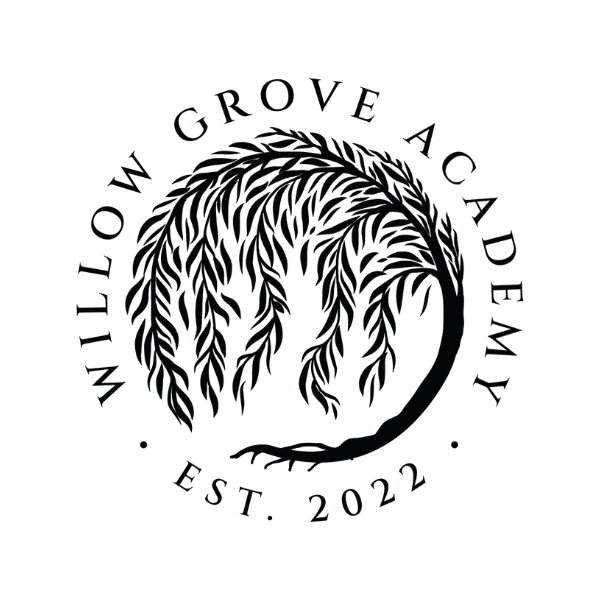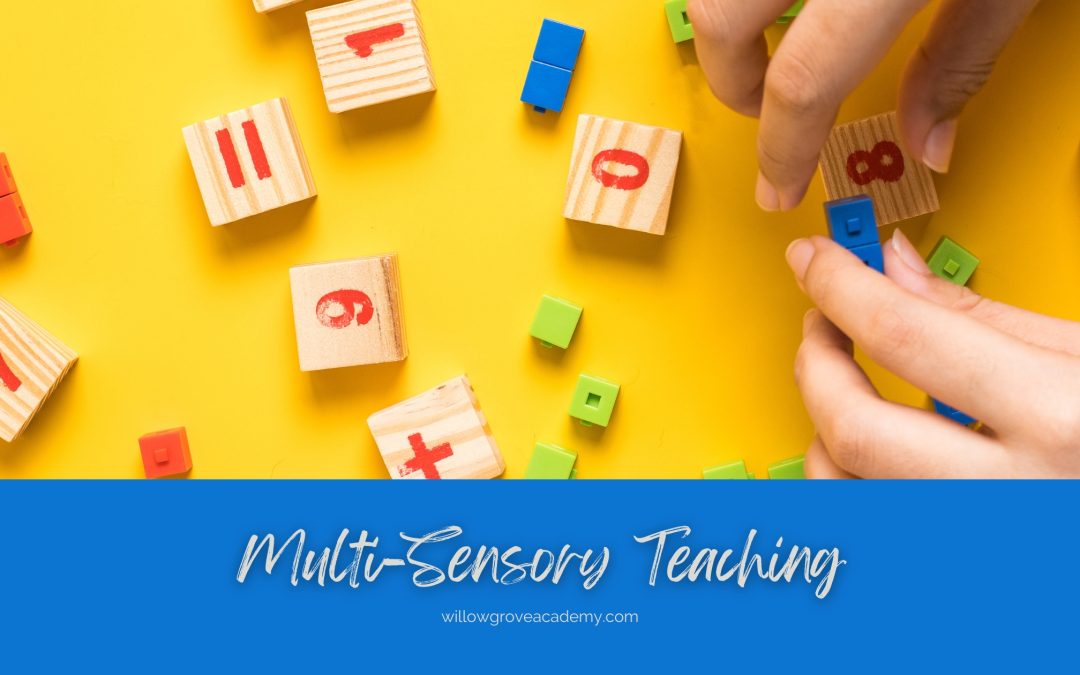Children learn in different ways. One might do better with information he hears, another might find it easier to learn by seeing the information and yet a different child might prefer to use his hands. Incorporating all three of these learning modalities is called Multi-Sensory Instruction.
Multisensory Instruction involves using visual, auditory and kinesthetic instructional methods to allow the student to engage in the subject matter in more than one way.
For example, in a lesson on trees, you might offer your child a book about trees and you might also read a book to your child about trees. You would then take the child outside to see trees, maybe pull leaves off of different varieties of trees and have the child see if he can identify which types of trees the leaves came from. This is a multisensory lesson. Information has been conveyed not just through sight and hearing but through movement and touch as well. There was an auditory, a visual and a kinesthetic component to this lesson.
Multisensory Instruction was pioneered by Orton-Gillingham which is an approach to reading for struggling learners. The Orton-Gillingham method uses sight, sound, and movement to help dyslexic children form connections between language and words. This isn’t just for struggling readers though. Many math programs use manipulatives to help with math concepts. Science tends to be multisensory because the student is performing experiments as well as completing lab reports and, programs that use music to help children memorize facts (days of the week, months, multiplication tables etc.) are incorporating Multisensory Instruction as well.
Any student can benefit from Multisensory Instruction but research shows that struggling learners derive the most benefit from this type of instruction. Using different senses can help struggling learners with information collection, teach them to work through difficult problems, help them make connections between previous knowledge and new information, and develop problem solving skills by approaching ideas from different angles.
Multisensory Instruction also teaches children what their learning strengths and weaknesses are and gives them different tools to show what they are learning. The beauty of Multisensory Learning is that it takes into account that children learn in different ways and this goes for any child, not just a special needs child. By giving the child multiple ways to take information in, it gives each child a chance at success.

